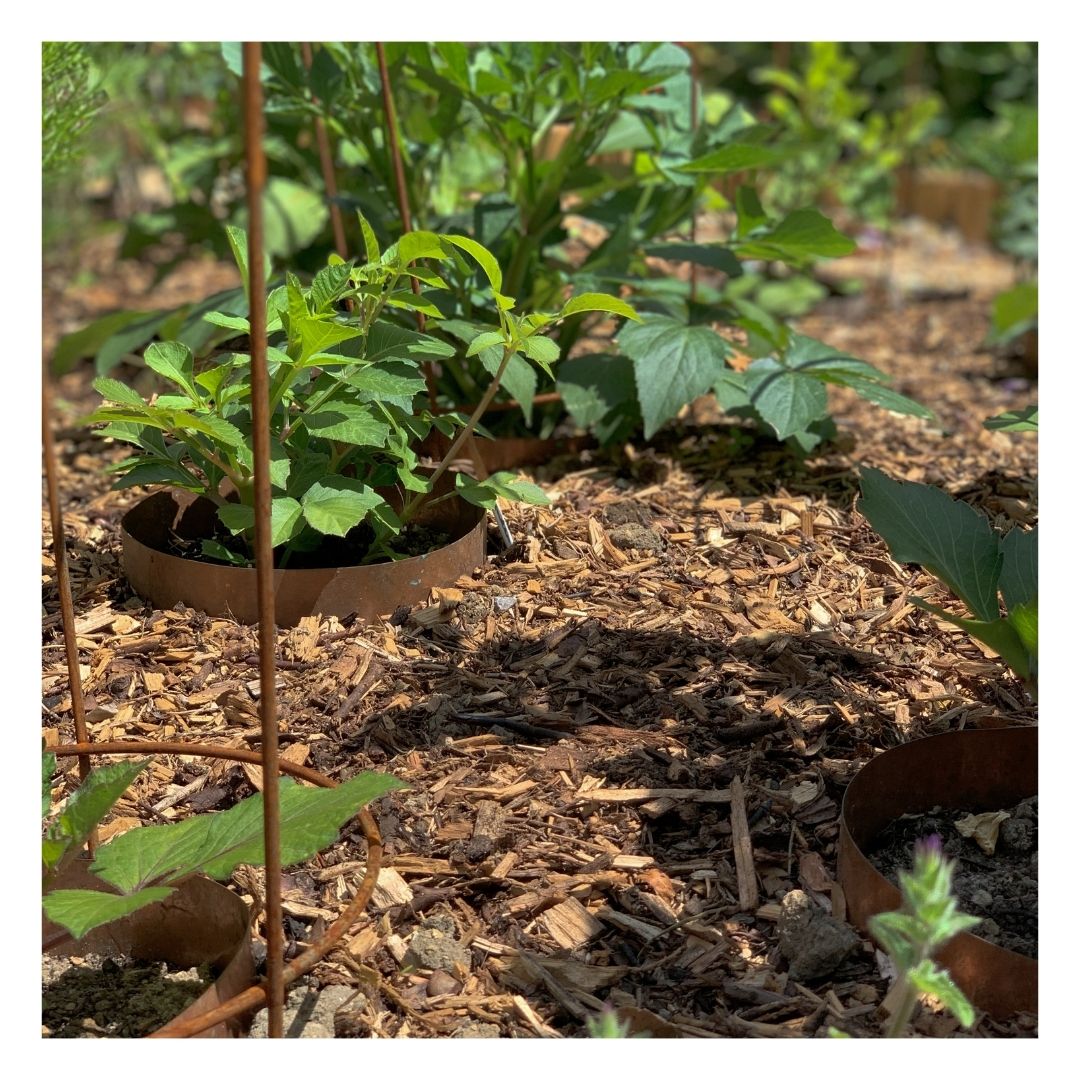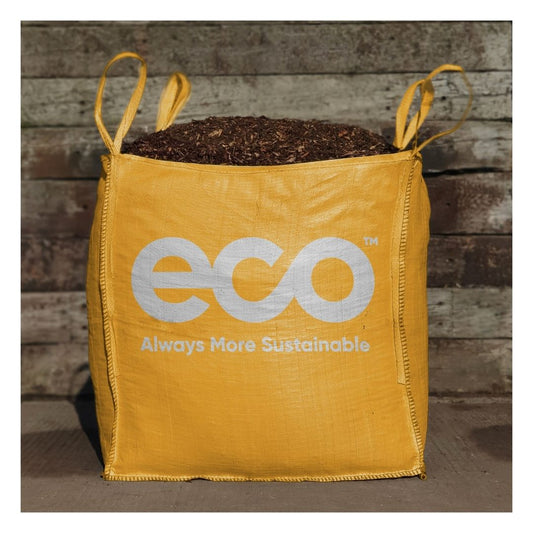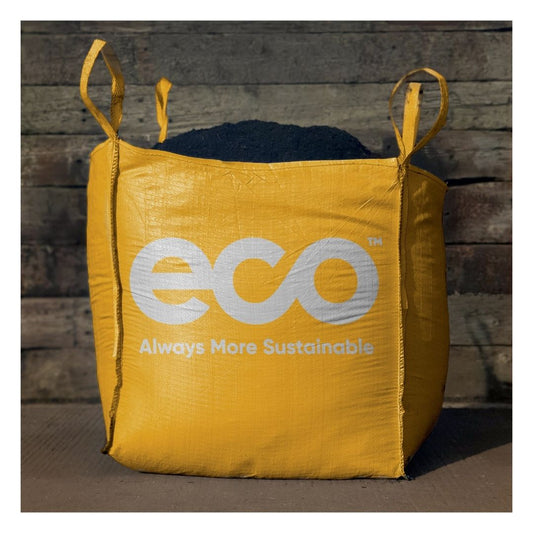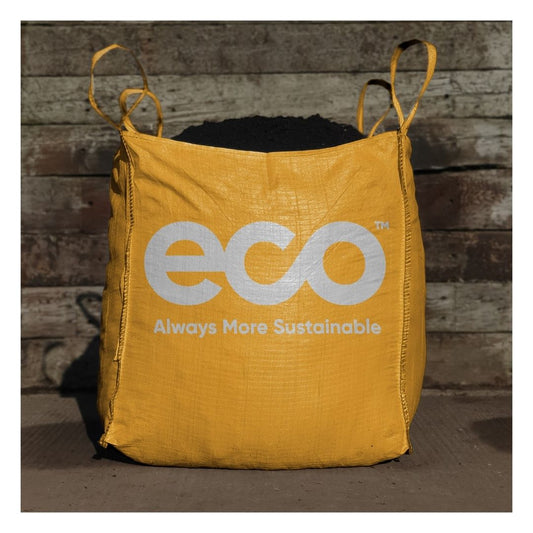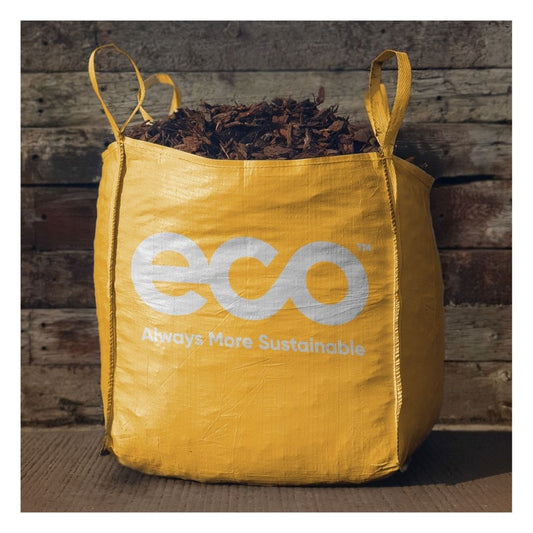NPK Values Explained
Whether you’re using a small amount of fertiliser for a home-project or a large amount for agriculture, it’s important that you fully understand how fertiliser works and how to get the most from it otherwise you are almost literally throwing money away.
What is fertiliser?
Fertiliser is a product that you add to your soil to improve its organic properties and to improve plant growth. With large-scale agriculture, or simply poor quality soil, there are often not the nutrients available in the soil to support their growth. In the case of agriculture this is because the nutrients are taken from the soil, but not returned through dead fall, fruit, leaves or animal leavings that would naturally occur in the wild.
Fertiliser primarily consists of 3 components:
Nitrogen (N)
Plants require more nitrogen than any other element. Nitrogen is a key component in chlorophyll (which turns sunlight into sugars) and creates amino acids (the basis of proteins). Without sufficient nitrogen available in the soil, the plant will struggle to create leaves and overall exhibit poor growth.
Phosphorus (P)
Phosphorus is a component in nucleic acid, it regulates protein synthesis and is a key part of cell division and energy transformation within the plant.
Potassium (K)
Potassium influences the shape, size, colour and taste of the produce. It’s responsible for CO2 uptake and activates essential enzymes for chemical processes. It’s also a key element in the regulation of the plant’s water content through root absorption and through stomata.
NPK Values
NPK values listed on fertiliser display the amount of Nitrogen (N), Phosphorus (P) and Potassium (K) in the fertiliser. These ratings are displayed like so 10-10-10 where the individual numbers relate to the individual element amount, in NPK order.
A rating of 10-10-10 contains equal parts nitrogen to phosphorus to potassium. However, a 20-10-10 fertiliser contains twice as much nitrogen as phosphorus and potassium and so on… Is there a difference between 5-5-5 fertiliser and 10-10-10? Yes. The NPK value is based on weight, or volume and so a 5-5-5 fertiliser contains half as much NPK than a 10-10-10 of the same weight/volume.
This becomes even more complicated when you consider that NPK values are listed in “true content” not NPK content. This means that the NPK value is listed in the percentage of the compound it contains. Not the raw element content. A fertiliser in the UK (due to UK legislation) will be listed as containing 10% Nitrogen, however it may actually just contain 10% NO3 . This compound is actually on 22.6% raw nitrogen. You can easily find conversion tables online to convert these compounds into “raw” element numbers. This will help you grasp which fertiliser is the right one for your needs.
Overall, knowing which kind of fertiliser is right for you is difficult. There’s no “one size fits all” or “if-this-then-that” solution for fertiliser. Plants are living organisms and their needs for optimal growth varies on a number of factors. This is why a number of farmers are moving into user composts and digestates as a replacement for fertiliser use. Read more in our “fertiliser vs compost” blog.
Shop Eco Top Sellers
-
Eco Woodland Garden Mulch
Regular price £126.95 GBPRegular priceUnit price per -
Eco Organic Compost: Beds & Borders
Regular price £126.95 GBPRegular priceUnit price per -
Eco Mulch: Soil Improving Mulch
Regular price £121.95 GBPRegular priceUnit price per -
Eco Bark Nuggets
Regular price £196.95 GBPRegular priceUnit price per
